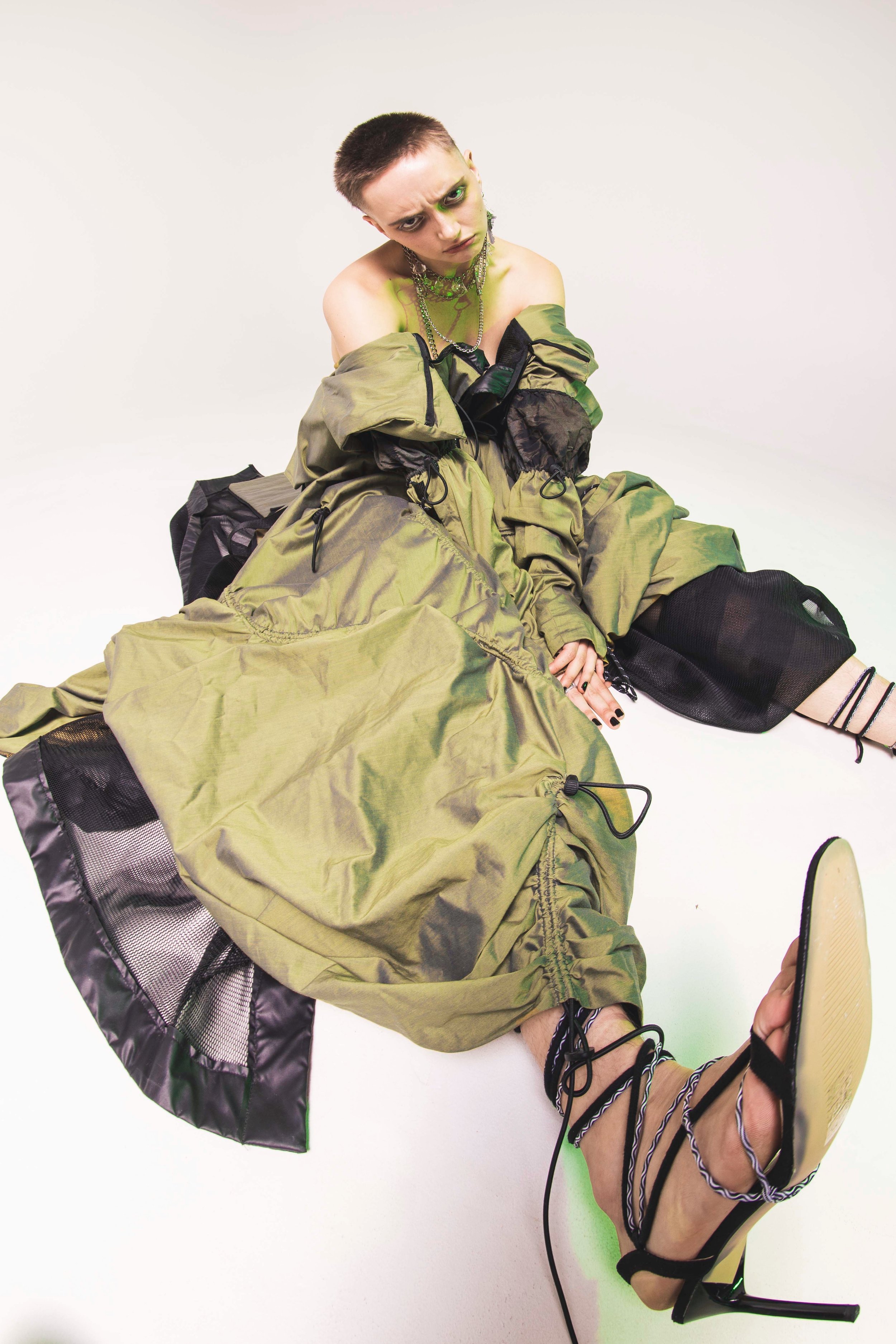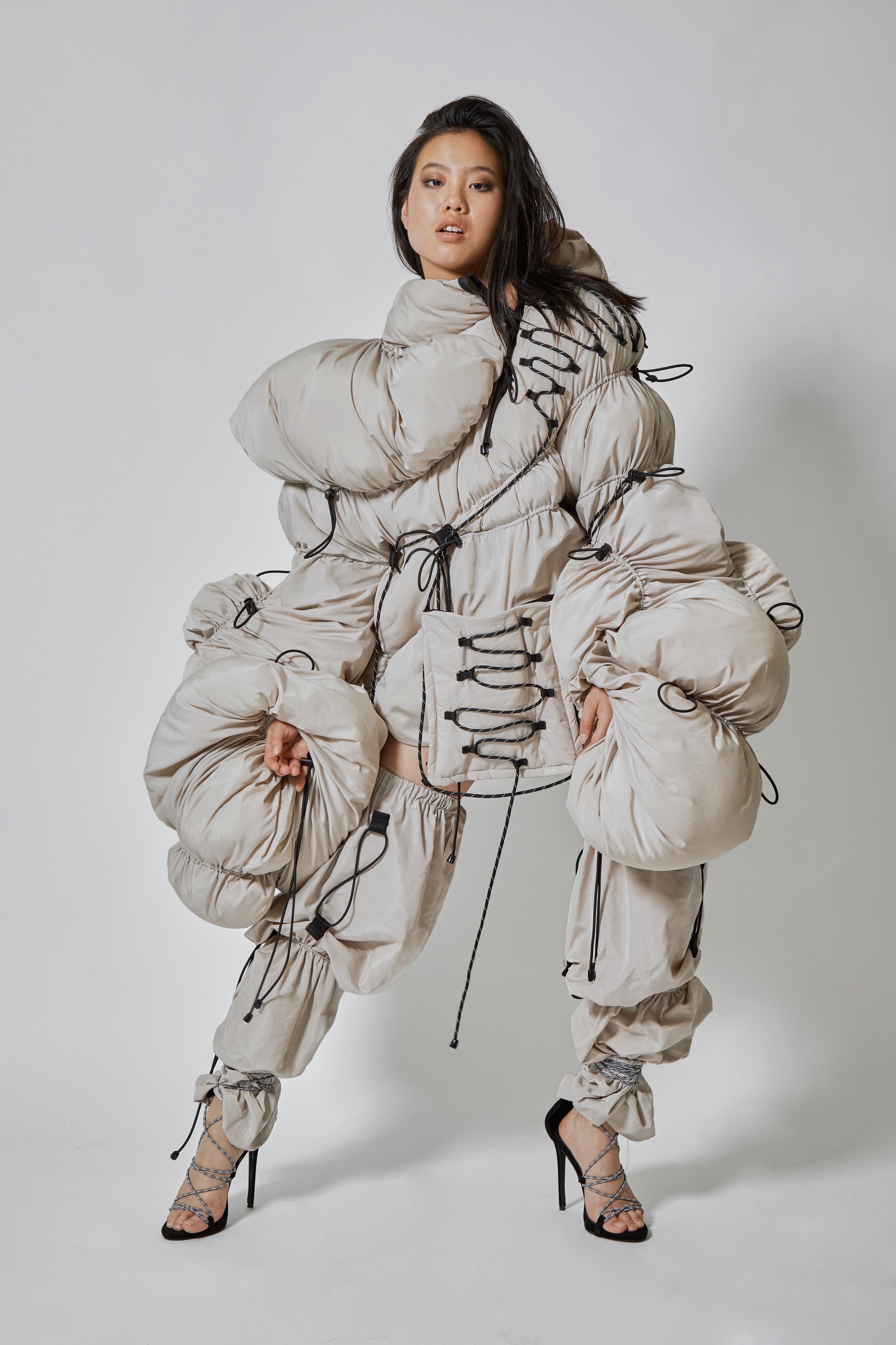
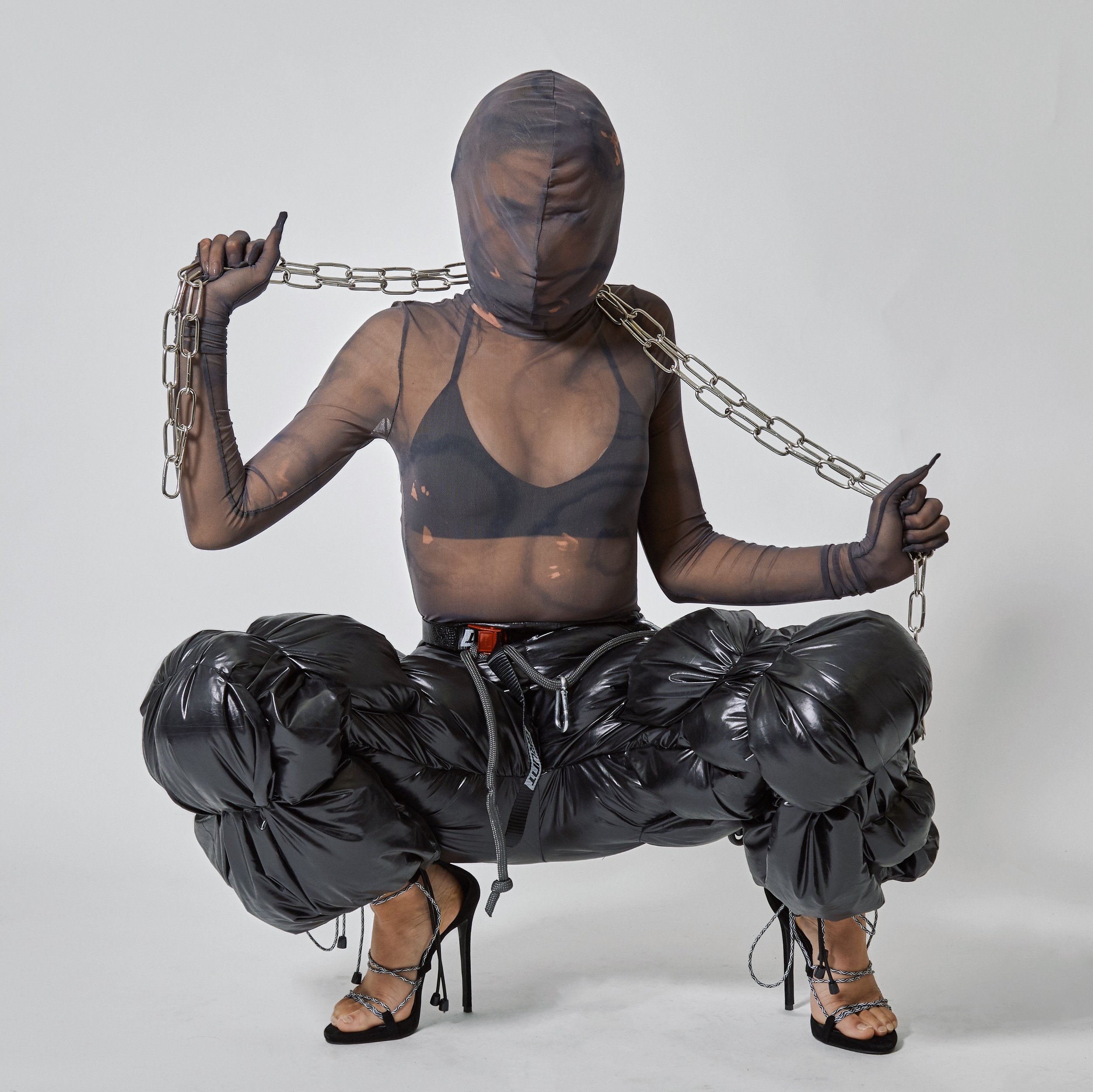
Photographer: Dom Chahine
Hair and makeup: Kathy Minhanh
Models : Priscilia Goh Claudine Henningson
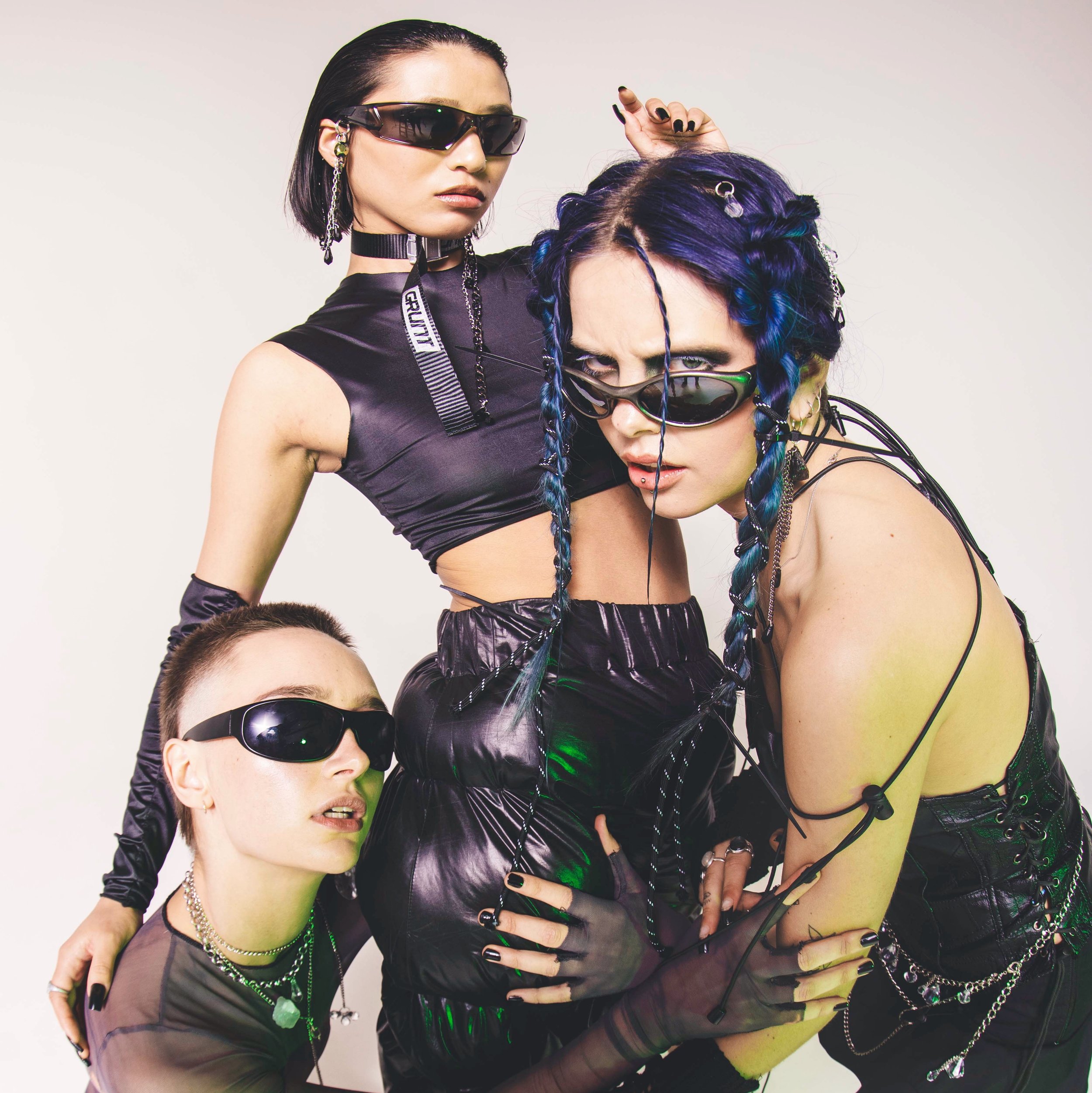
Where did your love of fashion originate?
“My love of fashion definitely originated from when I was little – I always had a fascination with playing dress-ups all the time and not even just dress-ups but anytime we were ever going anywhere I always had something kind of ridiculous on like I’d be wearing kind of like leg-warmers on my arms and three scarves and just doing whatever to have fun with fashion even though my parents said I looked silly.
So, I think it came from there mixed with a lot of my grandma’s influence. She taught me how to sew basics and she also had a big doll collection which is where I would get to dress up the dolls and I think I had a lot of fun with that when I would stay with her as a kid. I think that’s where it came from because I don’t actually remember wanting to be anything else, I always wanted to be a fashion designer”


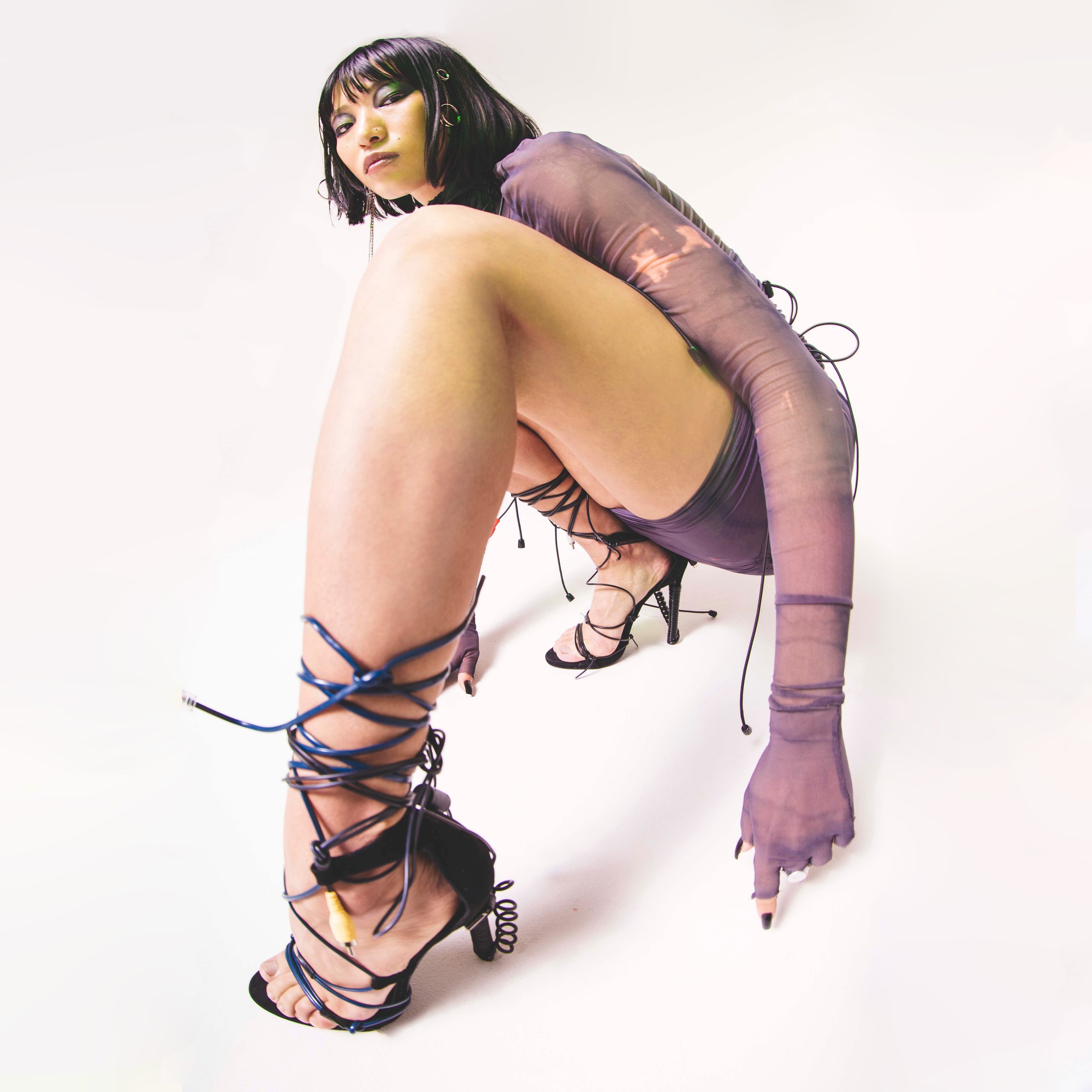
Growing up were there fashion icons/ inspirations that you looked up to?
'“Growing up I didn’t necessarily have access to high fashion or viewing shows or anything like that, so I never really saw fashion as something that was an actual career or that existed. I think I looked at is as something that was so normal – you would dress yourself and express yourself and I didn’t realise there was a stylist job or a designer job when I was little. My biggest influences would have been watching video clips and stuff like that. I remember I used to watch a live concerts for Cher and Kylie Minogue , and it was the most amazing thing – the costume changes and everything about it was insane. These were the sort of people I was viewing as a young kid, and I just loved how expressive it was and how unique it was and more fun than just regular clothes that everyone would wear. These celebrities got to wear amazing outfits and that’s what I liked the most. I guess musicians were my biggest fashion icons because I didn’t really have access to the real fashion world”

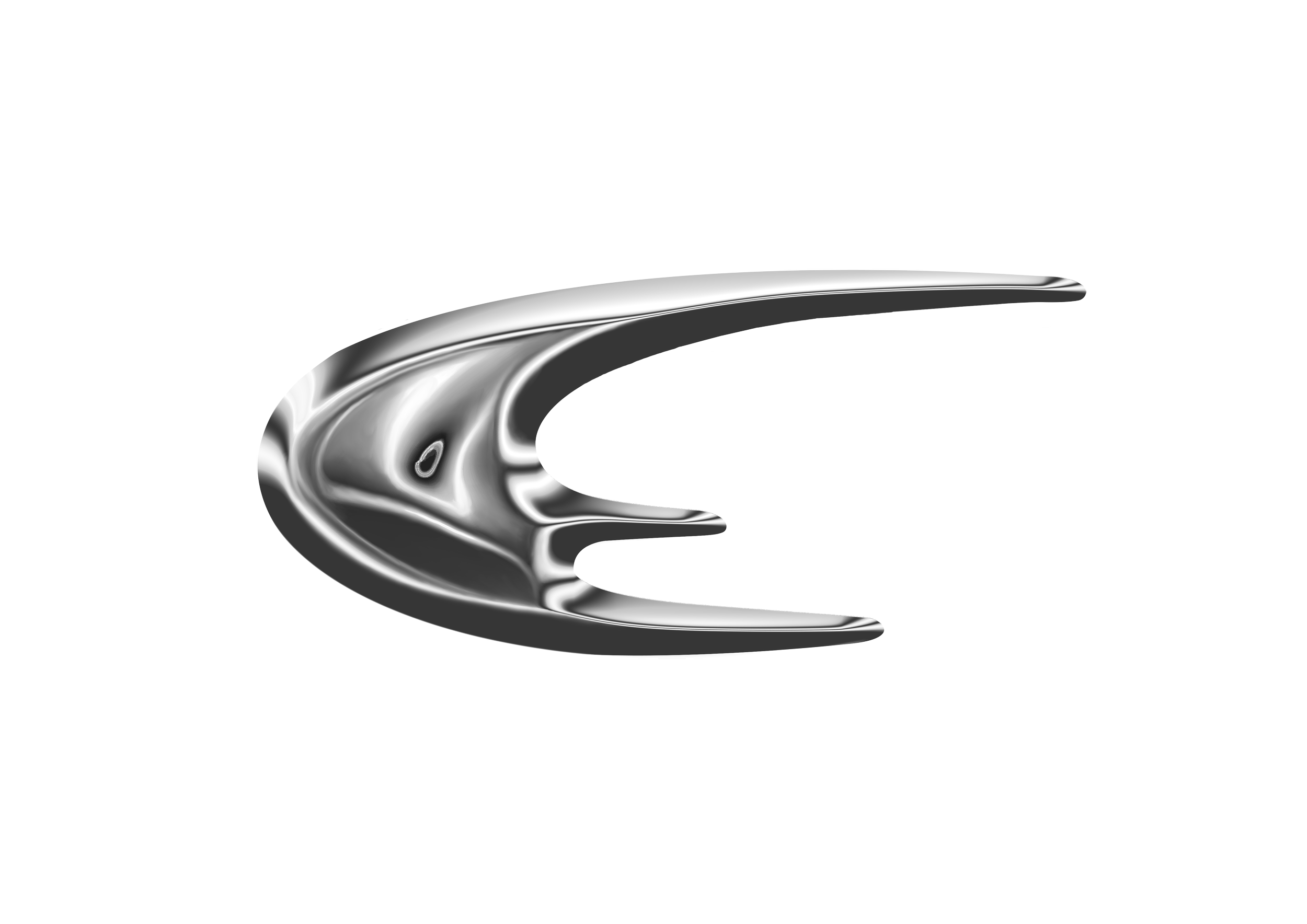
How did FAZE ONE come to be and what inspires your collection?
FAZE ONE came about in my third year of school. I studied an Advance Diploma of Fashion Design and Merchandising at The Master’s Institute and that is where for my final design project I got to create my own brand and line with six different looks. It took a lot of development because I was so used to designing to a brief for school where you would get told what the demographic was, your client base and you’d have to create to suit that target whereas when I got to do what I wanted it was so much harder because the options were limitless. The hardest thing I have ever had to do was to create my own line and figure out what my signature handwriting would be and my aesthetic because I liked to many different things, and I was being influenced by so many different things at the time studying fashion. So, it took me a good six months to really hammer down to what I wanted, what my ethos was a designer and what I wanted to put out into the world and so that’s where FAZE ONE was born.
It was very influenced by current events of the time, things like climate change and apocalyptic/dystopian futures as that was a lot of what I was viewing and seeing at the time so I thought it would make sense but also be futuristic and fitting to create a line about a dystopian future basically based off where society is heading. I made my collection with that in mind, and I also had a lot of influences from outdoor, recreational activities so I used a lot of things like tent fabric and waterproof performance fabrics and hiking gear, carabiners, all that sort of stuff, straps, to really give it that outdoor, utilitarian feel. With that in mind I also wanted to have a sustainable element to my work as well, obviously I included no animal products, I made everything myself locally, I didn’t outsource anything and I also wanted them to have a timeless feel so I didn’t want to follow any trends and use something that would then go out of fashion in three months, I wanted to it to be timeless enough that I could still use it three years into the future, four years into the future, ten years in the future – that it’s not going to lose its impact that it had when I first made it.
The way that I had to achieve that was by staying away from what was in trend, keep in mind what I wanted to do and making the garments adjustable, so one size fits all; the technique that I used to make them meant that I could have models and people of any size fit the garments. They are adjustable and with the adjustability you can also change the style of them as well, things can be rolled up, they can be tied up; with the synching, the straps, and the toggles they created this slow-fashion aspect because the garments can be adapted, passed down and used in multiple ways.

Photographer: Charlie Woolley
Model: Ryan Mueller
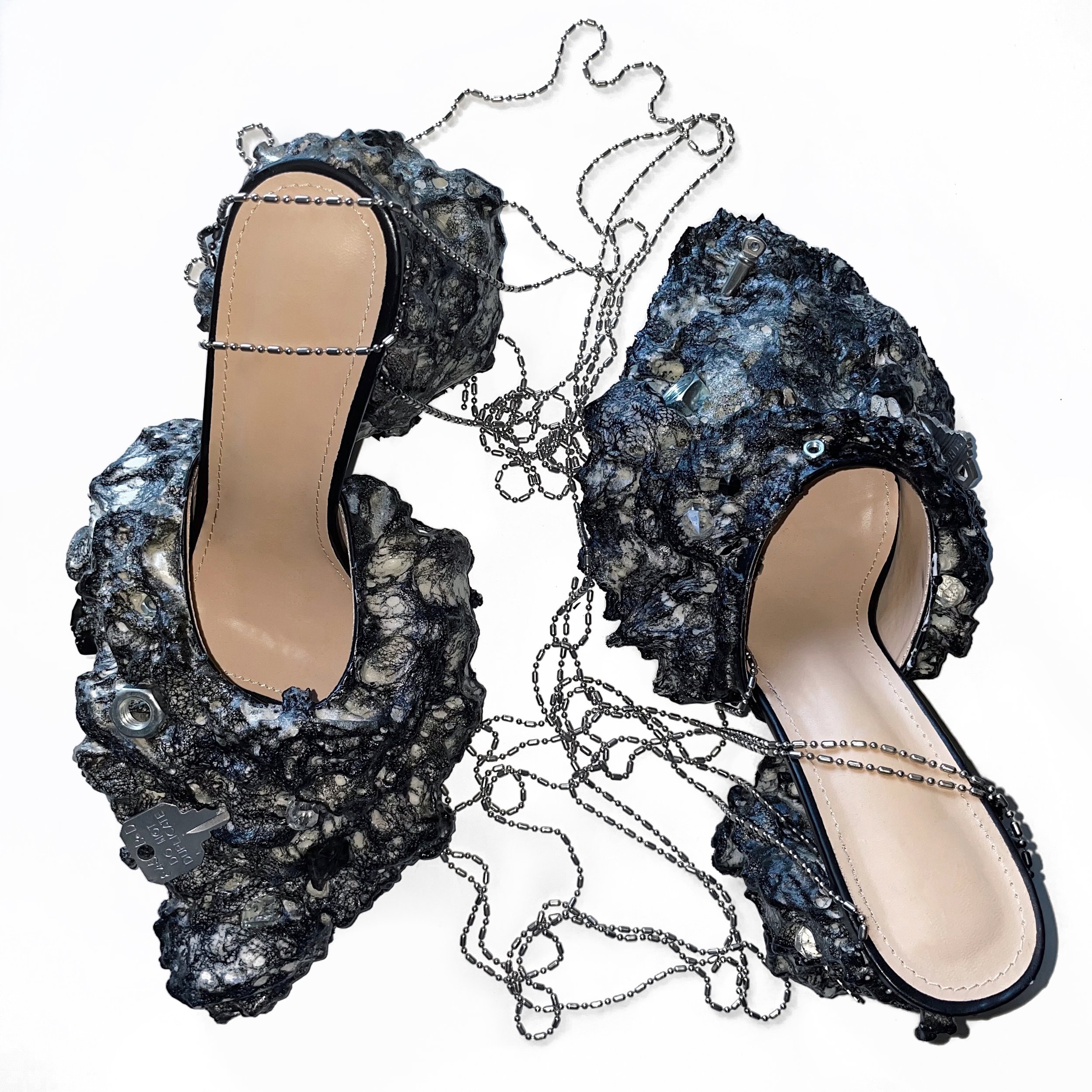
How has your practice changed over time?
“Since starting my collection I guess I didn’t realise how well-received it would become. I was just graduating my third year and I wanted to push myself and challenge myself and create something that was very different from what I would have normally worked with. Since creating it I ended up getting into Melbourne Fashion Week, I got into some other fashion weeks, I’ve had my stuff shown in a lot of places and have gotten a lot of publicity from it which was definitely not expected for me, and it’s been very exciting. That was huge for me to get those opportunities and get noticed with my work which also got me a lot of new contacts and a lot of new opportunities as well through work and through what I can do with photoshoots and what I want to create next. Going into the pandemic really changed things for me and I thought that it would bring my work to a halt and in some ways it did, I understandably, went into a bit of a slump during those times because it was hard to stay motivated but I thought because of the pandemic that I potentially might not be able to produce or show my work which I thought meant it would just be over for me but because of social media I actually found that once I started to get more followers and started to get more people interested in my work that I didn’t need to have this local interest in my work because social media made it so easy for me to have my work shown across the world. It meant that I could still work with people that were overseas that weren’t in isolation – I could ship garments over for shoots and that was good for me. I think I eventually got over the fact that COVID is now the normal and I have to adapt my way of working with it and social media played a huge role in that”
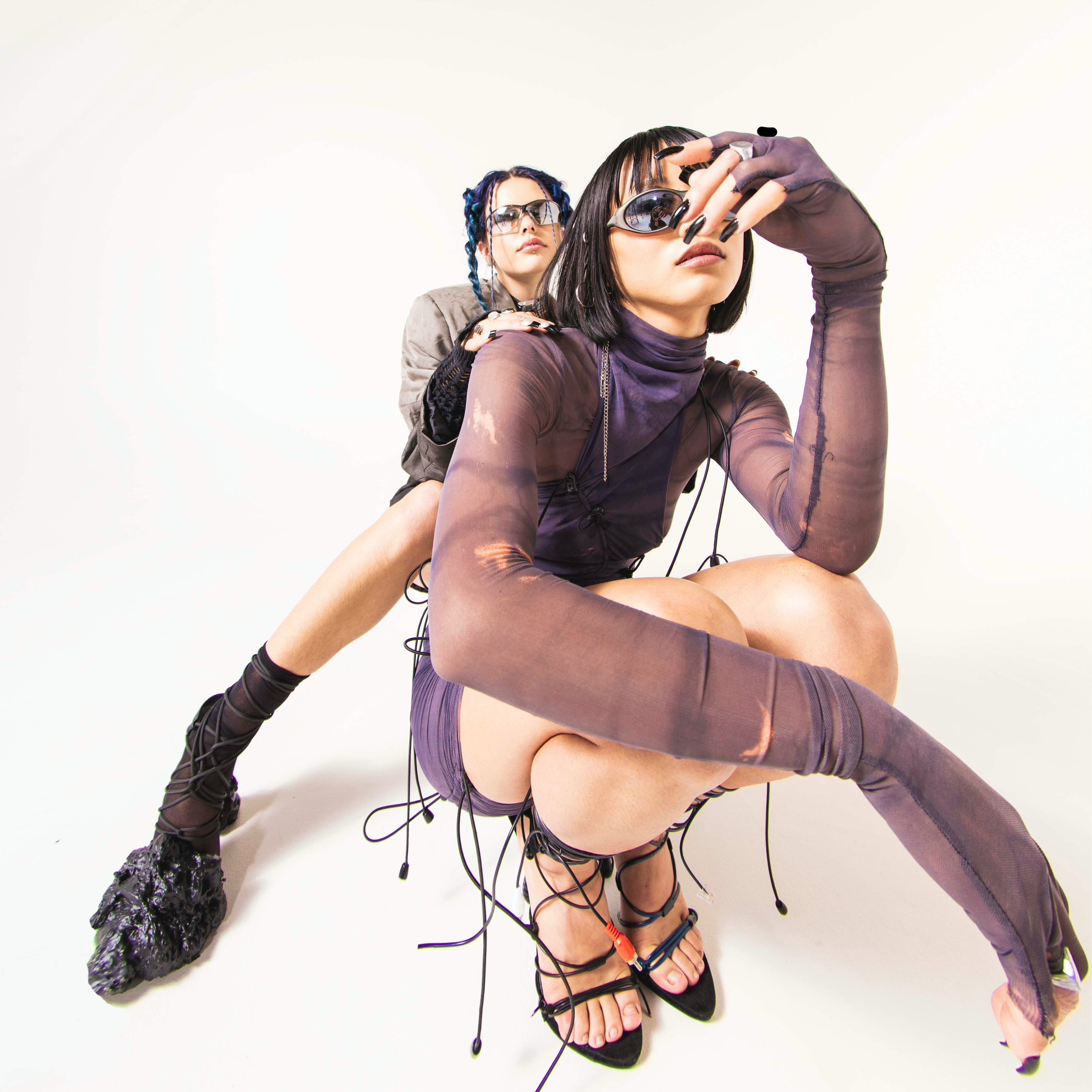
Photographer: Hana Schlesinger
Hair: Adrian KohnenKampf
Makeup: Chloe Rose
Location: Tamale Studios
Models (left to right)
Tamasin Altmann
Mami Metherell
Daila
